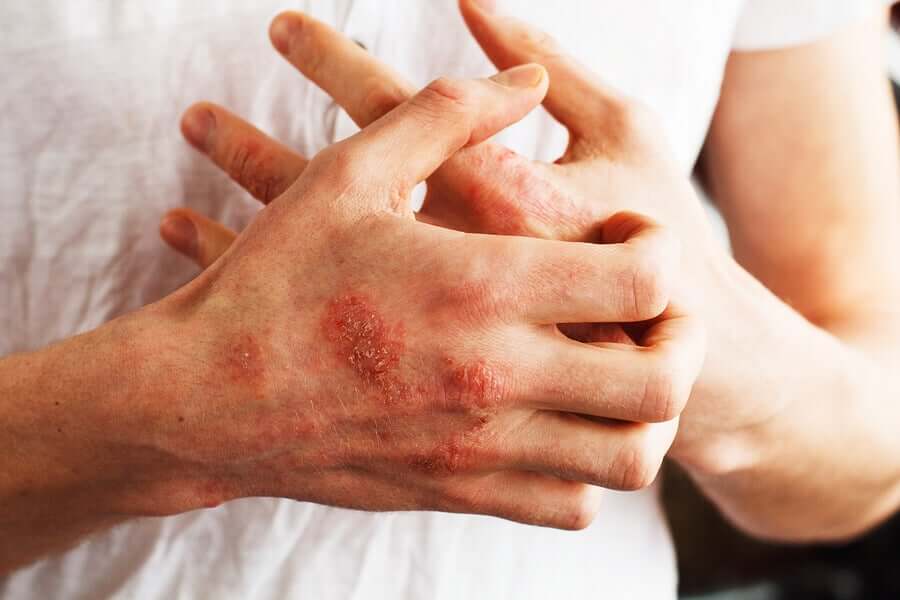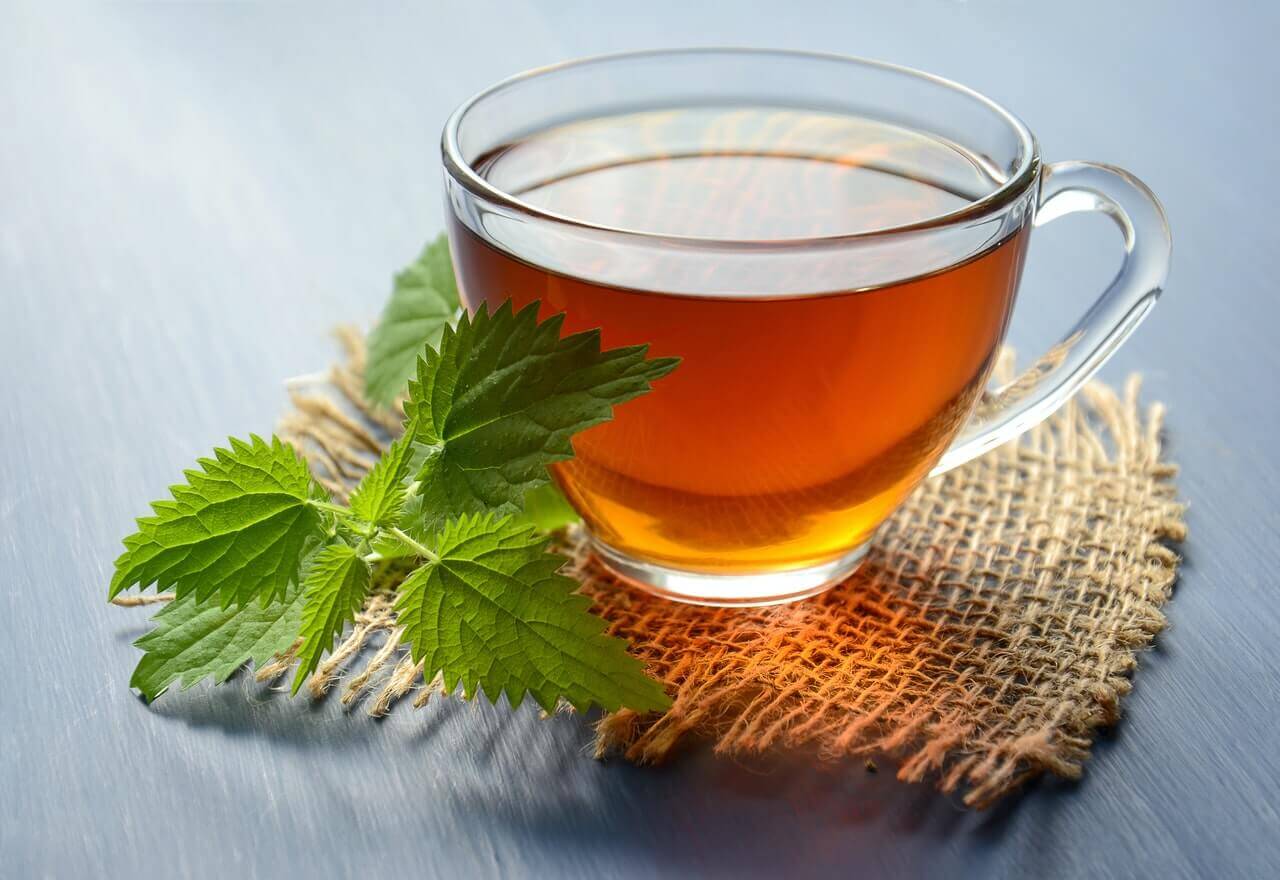Treating Psoriasis With Sarsaparilla

Sarsaparilla is a plant that’s been the subject of several studies, given it’s supposed medicinal potential. In fact, according to popular wisdom and alternative medicine, this plant could even be beneficial to complement the treatment of skin diseases such as psoriasis, for example.
Psoriasis is a disease whose exact cause remains a mystery. According to Dr. Shinjita Das, “it’s possible that it’s the result of a problem of the immune system” and a genetic predisposition to suffer from it.
It involves red plaques (which look like rashes) on the skin. The plaques cause a lot of discomfort to patients and, therefore, they must receive appropriate medical treatment.
“Many of the treatments for psoriasis are complex and require the use of various drugs, which the patient must apply systemically and repeatedly several times a day,” says Dr. José Antonio Lozano.
What is sarsaparilla?

Sarsaparilla (Smilax aspera) is a shrub native to Asia, Africa and Europe. It’s has thin and thorny stems that can reach 2 meters long. For years, people have used it for various medicinal purposes, since anti-inflammatory, diuretic, and diaphoretic properties are attributed to it.
In general terms, it’s said that products made with the root of sarsaparilla (teas, natural capsules, tablets) promote circulation, purify the body, help fight fluid retention, etc.
According to data that the online community for psoriasis sufferers published, there’s no ducumention of any adverse reactions or contraindications. However, in very high doses, the plant could cause problems such as gastrointestinal irritation and a temporary increase in diuresis. Therefore, it’s always important to consume it prudenctly and avoid excessive ingestion.
See also: Essential Oils that Will Relax You
A remedy for psoriasis

The community also states that “sarsaparilla has been used as an herbal or folk remedy for skin conditions such as psoriasis, eczema, pruritus, rash, and wound care” with positive effects.
Phytotherapists point out that the European Commission advises against its administration as it considers that there is insufficient evidence to indicate the efficacy of its therapeutic properties.
It’s interesting to know that an article entitled “Sarsaparilla and the analysis of the medical material in the Mexican 19th century”, states that “in the 19th century, sarsaparilla also entered the market of pharmaceutical specialties and patents”. This indicates that in different areas of the world, the plant’s been studied on many occasions for different purposes.
Nowadays, it’s possible that several researches on the pharmacological applications of sarsaparilla are being carried out. These could help to learn more about the plant’s potential and the best ways to take advantage of it.
Garlic oil sarsaparilla tea
Although this remedy isn’t proven to be effective, there are patients with psoriasis who include it in their diet on an ad hoc basis to obtain relief.
Ingredients
- 1 cup of water (250 ml)
- 2 teaspoons of sarsaparilla root (10 g)
- Garlic oil (200 g)
Preparation
- Boil the water in a pot. Once it’s ready, add the sarsaparilla root and continue boiling for 15 minutes.
- Combine the sarsaparilla infusion with the garlic oil in a container with a lid.
- Let the mixture cool. Once it’s cool, use the cotton ball to gently apply the treatment on the affected area.

Recommended reading: How to Grow Your Own Garlic at Home
Recommendations
If you’re going to collect the root of the sarsaparilla to elaborate your remedy from scratch, you must be very careful: There’s a plant called black bryony that looks similar to this, the big difference is that this plant is poisonous.
Remember that the excessive use of any plant used for medicinal use can bring repercussions or alterations in organs other than those it treats. Therefore, keep a moderate consumption of this remedy and, in case you have doubts, always consult your doctor.
Final comments
If the discomfort of psoriasis persists, always remember to consult a dermatologist, as it may be a more serious condition.
Finally, you should keep in mind that skin care is important. Therefore, we recommend using moisturizing creams and sunscreen; we must keep in mind that solar radiation is a risk factor that can lead to the appearance of other diseases.
All cited sources were thoroughly reviewed by our team to ensure their quality, reliability, currency, and validity. The bibliography of this article was considered reliable and of academic or scientific accuracy.
- Amira, S., Dade, M., Schinella, G., & Ríos, J. L. (2012). Anti-inflammatory, anti-oxidant, and apoptotic activities of four plant species used in folk medicine in the Mediterranean basin. Pakistan Journal of Pharmaceutical Sciences.
- Demo, A., Petrakis, C., Kefalas, P., & Boskou, D. (1998). Nutrient antioxidants in some herbs and Mediterranean plant leaves. Food Research International, 31(5), 351–354.
- Langley, R. G. B., Krueger, G. G., & Griffiths, C. E. M. (2005). Psoriasis: Epidemiology, clinical features, and quality of life. In Annals of the Rheumatic Diseases.
This text is provided for informational purposes only and does not replace consultation with a professional. If in doubt, consult your specialist.








